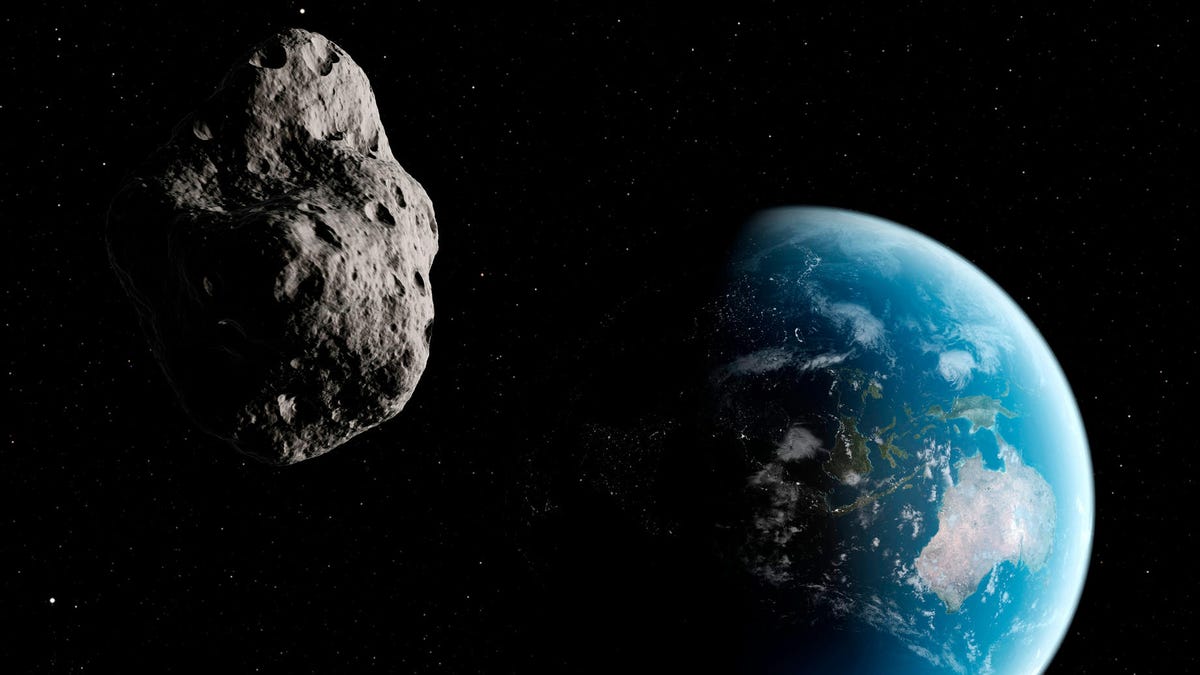Over 20,000 known asteroids now cruise the cosmos near Earth
The official count of near-Earth objects has reached a major milestone.

This guy has over 20,000 friends that we know of.
Space is vast, but it certainly isn't empty. The more we search and study the region around our own planet, the more crowded we find it.
For the first time, the European Space Agency's official count of known near-Earth objects (NEOs) topped 20,000 at the end of April. According to the space agency's NEO Coordination Center, 20,022 asteroids and 107 comets have been cataloged that have orbits around the sun that bring them close to Earth's own orbit.
In April alone, 208 new NEOs were designated and 731 new entries have been added since Jan. 1. Many of the new discoveries come from the NASA-funded Pan-STARRS and Catalina Sky Surveys.
Thanks to more and better observatories scanning the skies for nearby space rocks, we've been finding them at a rapidly accelerating rate. The very first NEO was discovered in 1898 and over the century that followed, only around 500 more were added to humanity's list. NASA launched a NEO observations program in 1998 and by mid-2013 the total number of known asteroids and comets in the neighborhood topped 10,000.
Now, less than six years later, that figure has doubled, making it clear that while space may be huge, it's also marked by the cosmic equivalent of three-dimensional gravel roads.
It seems likely the list could grow ever longer, and faster, as a new telescope dedicated to spotting asteroids is set to come online in Sicily next year and there are plans in the works for another somewhere in the Southern Hemisphere.

